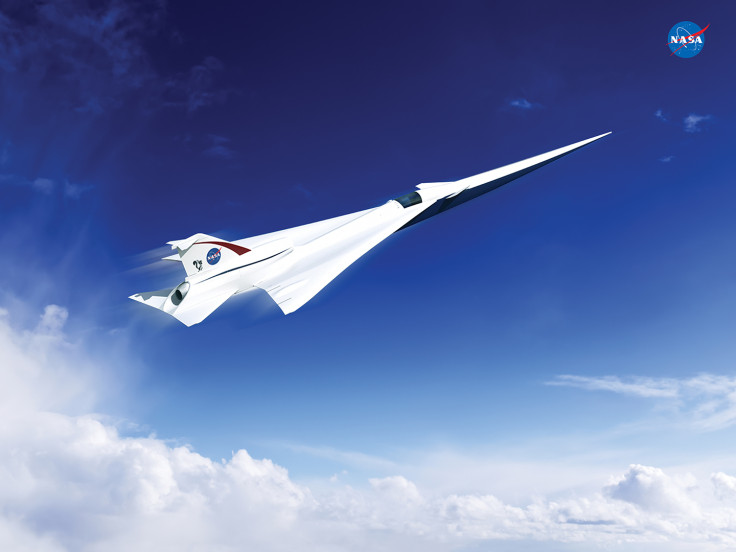Nasa's 'low boom' supersonic jet gets full funding under Trump's budget proposal, set to fly in 2021
The technology used in the high-speed jet could be leveraged by commercial airlines to start supersonic passenger flights.

Nasa's plan of developing and flying a supersonic aircraft is now closer to reality, thanks to the support received from President Donald Trump administration.
Trump's recently announced budget for the fiscal year 2019 includes full funding for the high-speed aircraft that, once ready, will break the sound barrier and cut down a six-hour long flight from New York to Los Angeles by half.
The budget includes a total investment of $633.9m (£456.5m) to improve air traffic management, integrate unmanned systems into airspace, develop experimental supersonic aircraft or 'X-Plane' and further the research to achieve even higher speeds.
Though supersonic flight capabilities have been around for a long time, the futuristic X-Plane aims to solve a critical problem associated with it — sonic booms.
When the last commercial supersonic plane, the Concorde, flew, people on the ground had to deal with a thunderous 30-mile wide noise, which was loud enough to shatter windows.
As the aircraft displaced air molecules at high-speed, a menacing shockwave formed and spread into all directions. The effect of that ear-splitting sound (several times louder at 90 dBa) was so devastating that the Concorde was restricted to fly only over the ocean for a short while and was finally grounded in 2003.
However, Nasa aims to solve that problem with its X-plane aka Low-Boom Flight Demonstrator (LBFD). "Future supersonic aircraft seeking to achieve a low-boom, such as Nasa's LBFD, will rely on a swept wing design in order to fly at supersonic speeds without producing a loud sonic boom," the agency said a few months back.
The changes made to the shape of the aircraft will disperse the shockwaves across a wide range of points behind it, reducing the noise output to 60 to 65 A-weighted decibels (dBa) or something as loud as a racing luxury car.
Nasa has been testing a subscale version of the X-Plane and plans to develop and fly a 94-feet long model by 2021, following which American airlines would get a chance to integrate the required technology and enable supersonic passenger travel without creating the obnoxious noise. As the budget request notes, the move would not only cut cross-country flight times in half but also open a new market for US companies to create jobs.





















